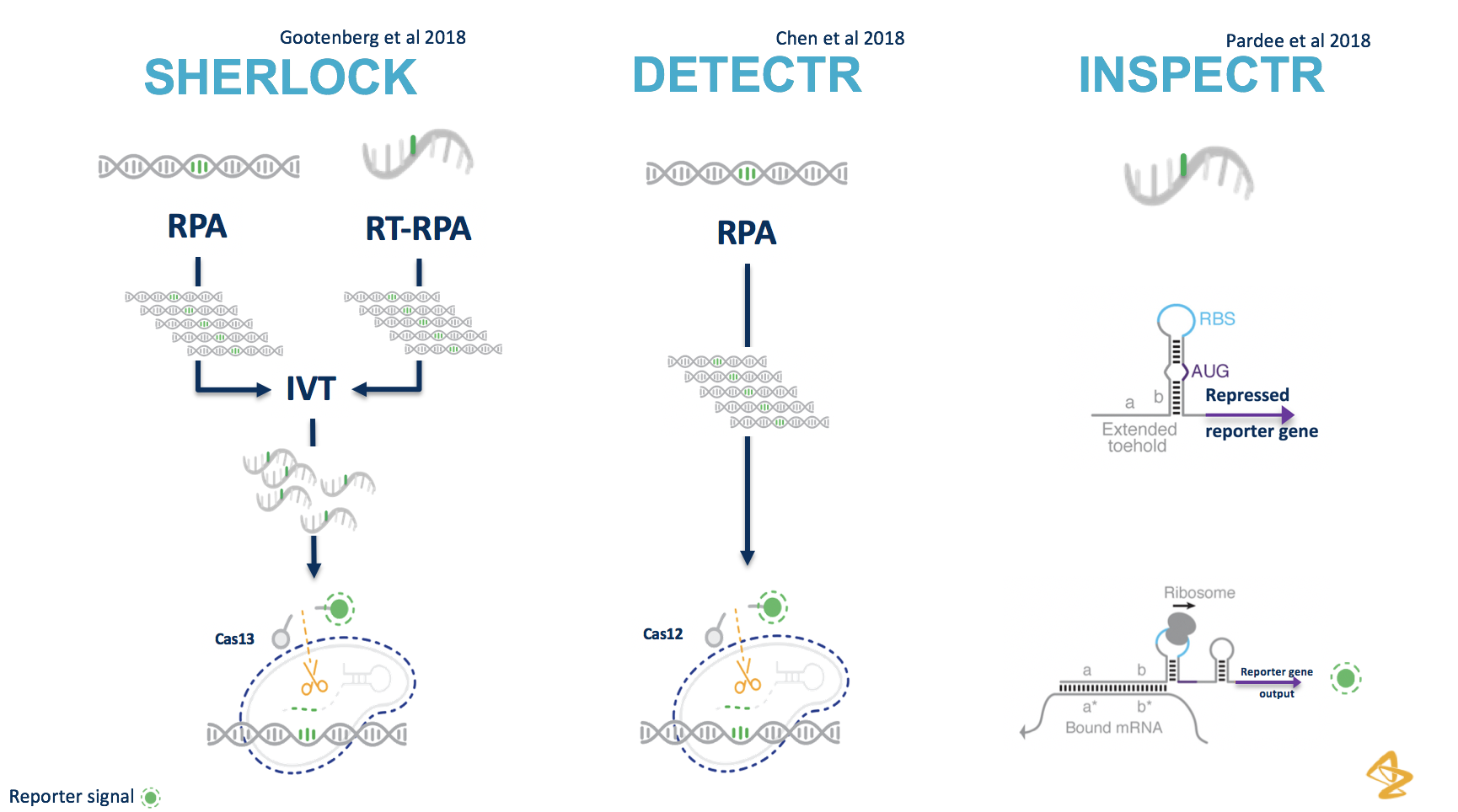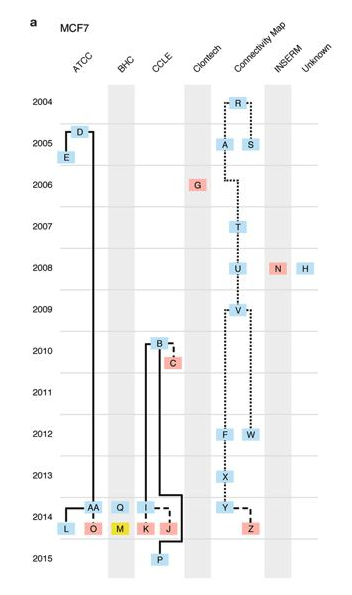I recently returned from the AGBT meeting in Sunny Florida (where it was hot) just 8 months after last years COVID delayed event. That event saw the launch of multiple new Sequencing Companies: Element Bio, Singular Genomics, and Ultima Genomics (the $100 genome company). And in less time than it takes to build a baby a lot has changed with this years focus on how these new technologies are being rolled out to users. The conference was also very heavy on single-cell and spatial genomics methods with Nanostring’s CosMx taking centre stage (although I did not get to don a lab coat this time around).
- The standout talk for me was by Heon Seok Kim in Hanlee Ji’s group at Stanford who was using single cell editing to understand the impact of specific mutations in single cells (bioRxiv). He showed that TP53 mutated cells grouped into wild-type like and functionally relevant classes and this work suggests opportunities to interrogate drug resistance before we get to the clinic!
- Cellarity presented on their novel Drug Discovery approach using single-cell analysis to identify cellular drivers of the transition from health to disease and AI/ML/DL to create drugs that reverse disease at the cellular level.
I’ll follow up on some of the highlights in future posts (and will edit this one to make sure it’s all linked together), but for now here’s my high-level summary. PS: this post was much more heavily influenced than I realised by Stephane’s Decibio LinkedIN post – apologies for not crediting you first time around!
New sequencers: Element Bio had their AVITI sequencer at the show and showcased their new Cloudbreak chemistry which offers users faster run times (40 hours 300 cycles), more data (1B reads) and therefore lower cost sequencing (<$6 per Gb). Singular Genomics had their box in the suite too (it was great to see so many sequencers in the flesh, they had suffered setbacks in production but I did not get time to talk to them as much as I would have liked. Complete Genomics is back! After “winning” the recent lawsuits with Illumina MGI brought their whole suite of instruments to Florida and wowed with some great data including an announcement on the $99 genome. Illumina (of course) showcased the NovaSeq X which will enable $200 genomes for large scale users.
Long-reads: PacBio owned the show with some awesome data enabling high-quality telomere-to-telomere genomes at reasonable price – how soon should we be sequencing long-read cancer genomes as standard? Oxford Nanopore were not at AGBT but a couple of fantastic talks showcased how users are working with their data – the stand-out for me was Billy Lau’s analysis of cfDNA methylation.
Methylation: Methylation analysis was a feature in many talks highlighting the power of multi-omics including from assays like the one I’ve been using from NEB/Twist as well as from the single molecule long read sequencers i.e. PacBio and ONT. Andrew Adey (acadey80) presented an improved method for single-cell methylation (sciMETv2).
Spatial-omics: There appear to be 4 key companies leading development: Nanostring (high-plex), 10X Genomics (high-throughput), Resolve Bio, Veranome, Vizgen and Akoya. Most of the noise came from Nanostring and 10X.
Single-cell: 10X Genomics were the biggest presence and many users were talking about some very inventive uses of the technology. However, many were also talking up the instrument-free scRNA options from companies like Fluent and Parse Bio (Evercode). BioSkyb highlighted their tools for scWGA.
Olink Proteomics: lots of announcements from the NGS companies about partnerships with Olink who offer great tools for plasma proteomics (using antibodies to target 96 proteins at a time).
#coolscience: Beth Shapiro’s (@bonesandbugs) “Beefalo” and Love Dalén’s (@love_dalen) Mammoth evolution talks were a lot of fun…but be careful searching for Beefalo on Twitter!








Leave A Comment